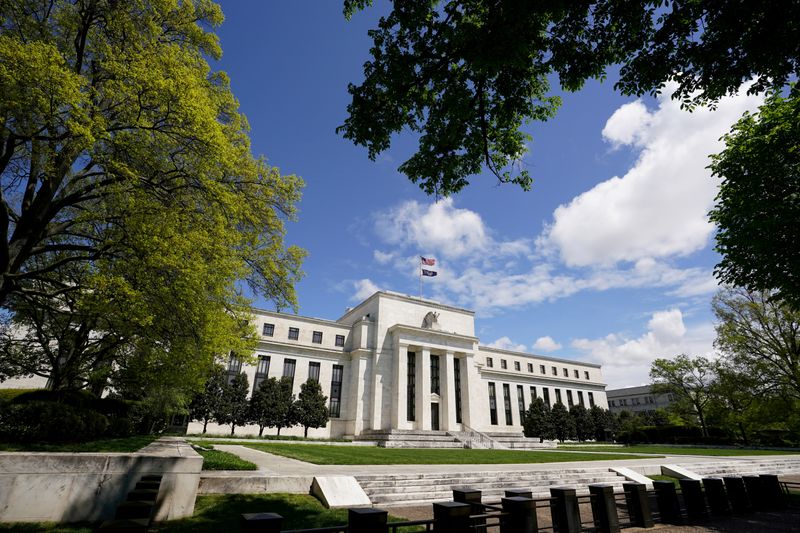WASHINGTON (Reuters) – Turns out, where the U.S. Federal Reserve is concerned, disagreement is a good thing.
In what’s meant to provide greater insight on the U.S. central bank’s deliberations, the Fed next week will begin releasing new material along with its quarterly economic projections. Included in this enhancement are a series of “diffusion indexes” that show the risk and uncertainty policymakers as a group attach to their projections for growth, unemployment and inflation.
Graphic: The Fed’s new scorecard – https://graphics.reuters.com/USA-FED/SEPS/azgvoykwmvd/chart.png
Fed Chair Jerome Powell said in November the new charts would give “a timely perspective on the risks and uncertainties” to the projections – and perhaps keep market and other analysts from treating them with too much reverence.
The Fed released examples of the new charts https://www.federalreserve.gov/newsevents/pressreleases/files/monetary20201211a1.pdf on Friday, using data from meetings going back to 2007. If anything the indexes show that when Fed members start to agree, it probably means the economy is doing poorly, or at least may be heading for a turn.
For instance, opinions on risk and uncertainty were closely aligned among Fed members during the financial crisis and recession from 2007 to 2009. The diffusion index for economic growth neared a reading of -1, meaning almost all Fed officials saw a greater chance the economy would do worse than they thought, as opposed to better.
During the decade of economic expansion that followed, the indexes crept back toward zero as Fed members differed more on the degree of uncertainty they felt about their projections, and the risks the economy faced.
Come the pandemic? For its June and September forecasts, Fed officials were nearly unanimous in saying there was more uncertainty than usual around their forecasts – with a diffusion index at or near 1, for an unprecedented crisis.
(Reporting by Howard Schneider; Editing by Dan Burns)















